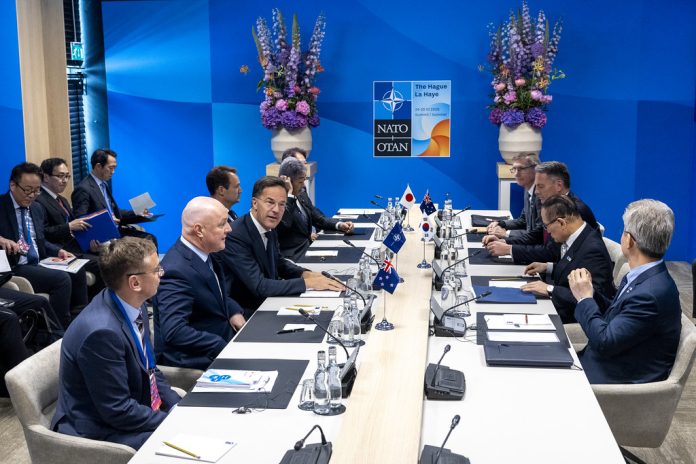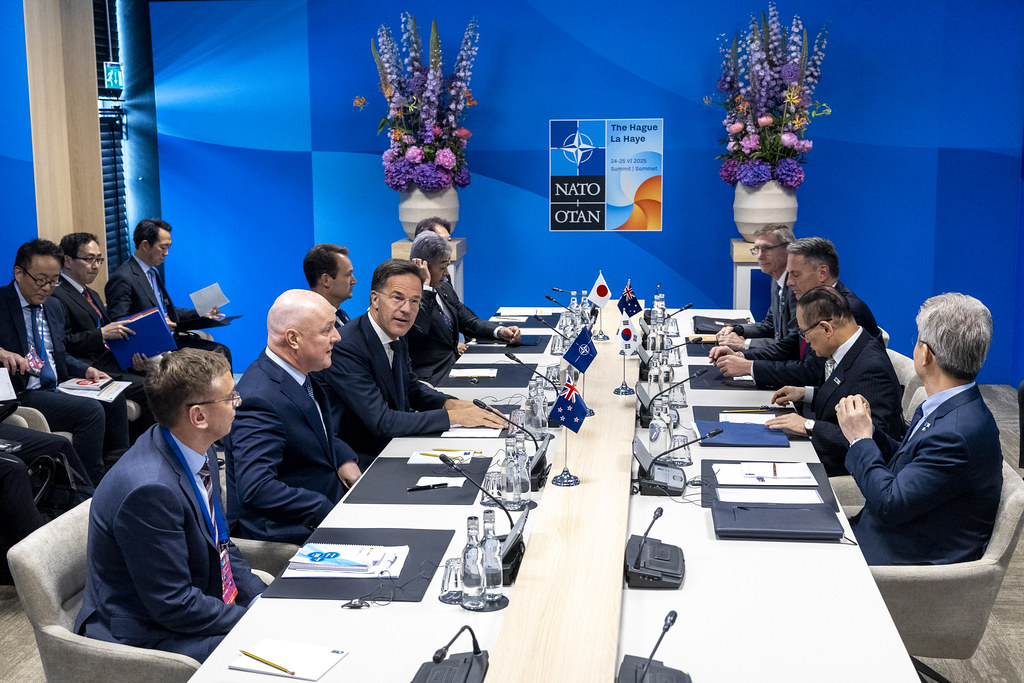
How close is the world to a dangerous miscalculation in the skies? A series of Russian aerial maneuvers near NATO territory and U.S. airspace over recent weeks has underlined the fragility of deterrence and the precision required to avoid escalation. From drone swarms over Poland to warplanes skirting Alaska’s air defense perimeter, these incidents test military readiness and political resolve in equal measure.
The pattern is unmistakable Russia is probing defenses along multiple fronts, while NATO allies respond with heightened vigilance and new operational frameworks. These encounters are not isolated they form part of a broader contest in which airspace violations carry strategic weight far beyond their immediate geography. Here are nine developments that reveal the scope, stakes, and implications of this aerial chess game.
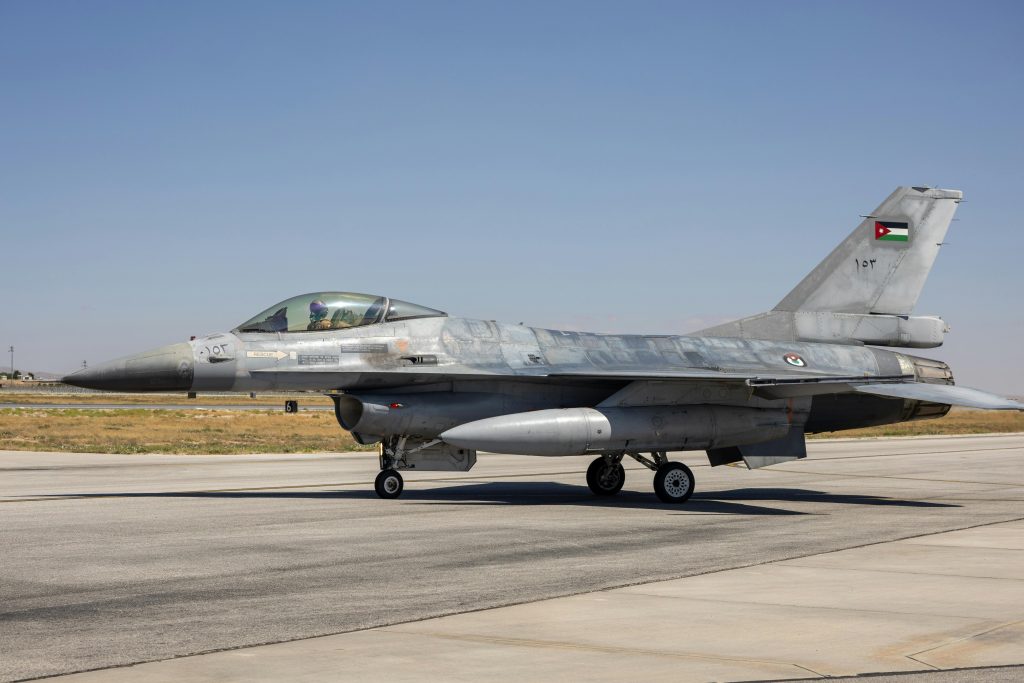
1. NORAD Intercepts Russian Bombers Near Alaska
On September 24, North American Aerospace Defense Command scrambled an E-3 AWACS, four F-16 fighters, and four KC-135 tankers to intercept two Tu-95 “Bear” bombers and two Su-35 “Flanker” fighters in the Alaskan Air Defense Identification Zone. NORAD underlined that the aircraft remained in international airspace, but the timing-amid heightened tensions-was notable. This marked the ninth such interception so far in 2025, part of a steady increase since 2021. Analysts view these flights as deliberate tests of U.S. detection and response capabilities, mirroring similar probes in Europe.
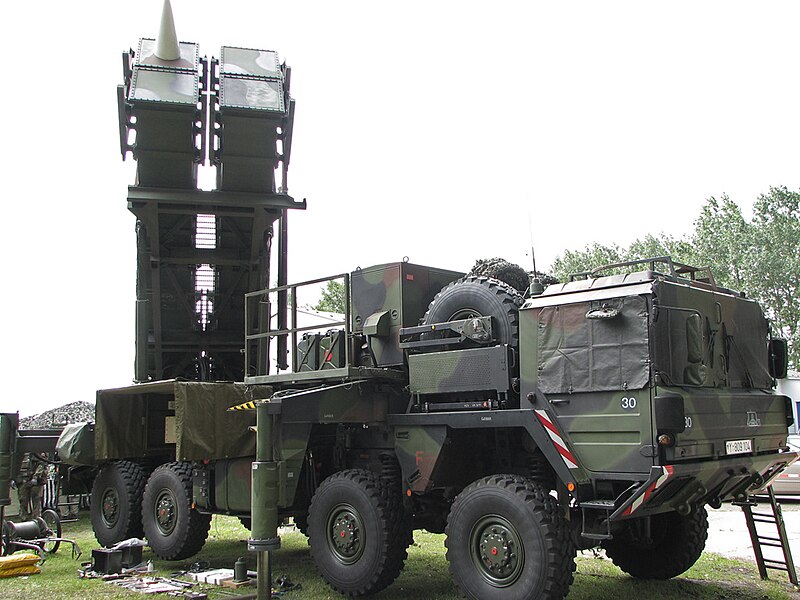
2. The Strategic Role of Alaska in Missile Defense
Its placement near the Arctic has long made Alaska a linchpin in U.S. missile defense, from the Cold War-era Distant Early Warning Line to today’s Long Range Discrimination Radar. The state hosts systems designed to detect and counter ballistic and hypersonic threats. The Ground-Based Midcourse Defense complex at Fort Greely remains central to homeland protection, complemented by upgraded radars at Clear and Eareckson Air Force Stations. These assets are all important not just for missile defense but also for early warning against aerial incursions like the ones seen most recently in the ADIZ.

3. Poland’s Unprecedented Drone Shootdown
On September 9–10, Poland and NATO allies shot down several Russian drones after twenty-one unmanned aircraft breached Polish airspace, many of which came from Belarus. According to Poland’s Prime Minister Donald Tusk, at least three were destroyed, sending debris into a house outside of Lublin. The incursion was labeled “reckless” and “unacceptable” by NATO Secretary General Mark Rutte in what is the alliance’s first use of force against Russian aircraft to defend NATO airspace since the Ukraine war began.
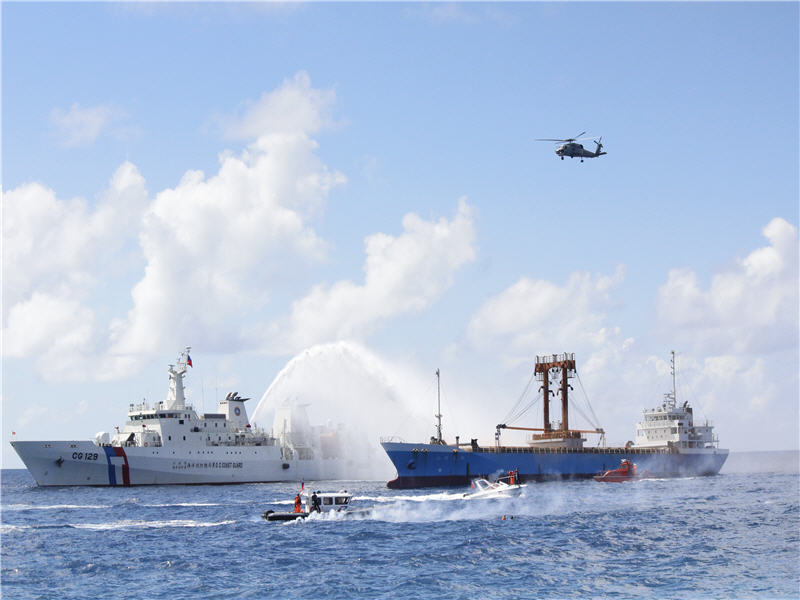
4. Gerbera Drones and Hybrid Warfare
Polish authorities identified the drones as Gerbera types, derivatives of the Iranian Shahed-136, either used as decoys or with explosive payloads. The Foreign Minister, Radosław Sikorski, stated that all the drones that crossed into Poland were unarmed, indicating it was a deliberate test of NATO’s air defenses. The operation forced airport closures and air-traffic restrictions, thus showing how such low-cost unmanned systems can be used for strategic disruption without direct kinetic engagement.
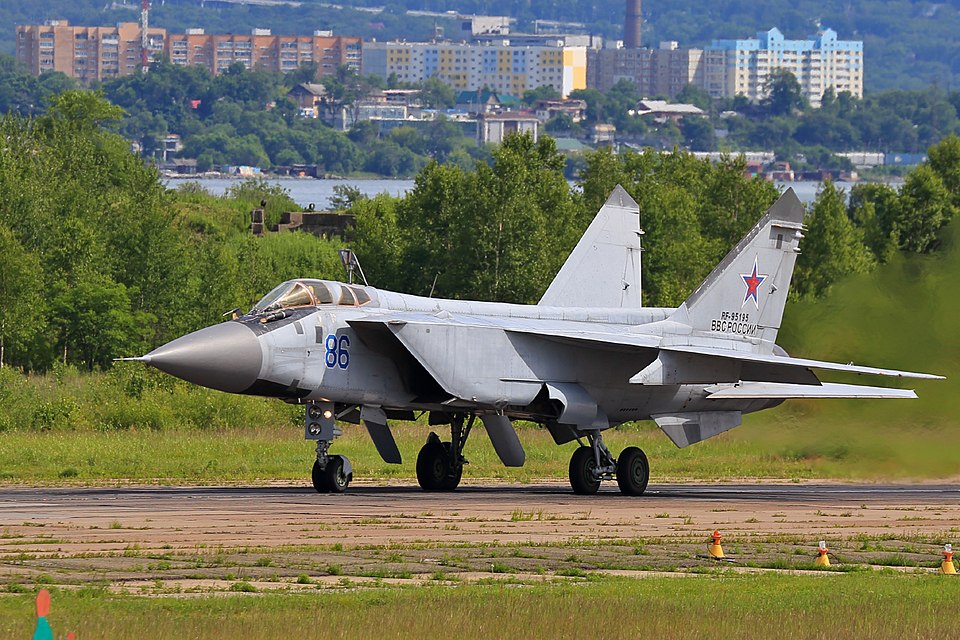
5. Estonia’s Fighter Jet Standoff
On September 19, three Russian MiG-31 fighters entered Estonian airspace for 12 minutes and traveled 10 km inland, approaching Tallinn. Italian F-35s from NATO’s Baltic Air Policing Mission intercepted and escorted them out. Estonia, in invoking Article 4 of the NATO treaty, called the incursion “a dangerous escalation” as part of a broader pattern of testing alliance resolve. Russia denied the violation, claiming the jets were over international waters en route to Kaliningrad.

6. NATO’s Eastern Sentry Operation
In the wake of the airspace breaches last September, NATO launched Operation Eastern Sentry, a mission to reinforce air and land defenses along its eastern flank. Supreme Allied Commander Europe Gen. Alexus Grynkewich said it was a “comprehensive and integrated approach” to plugging gaps in the defensive line. France, Denmark, Germany, and the UK have pledged assets, in what seems like a long-term commitment to deter further Russian provocations on the alliance’s borders.
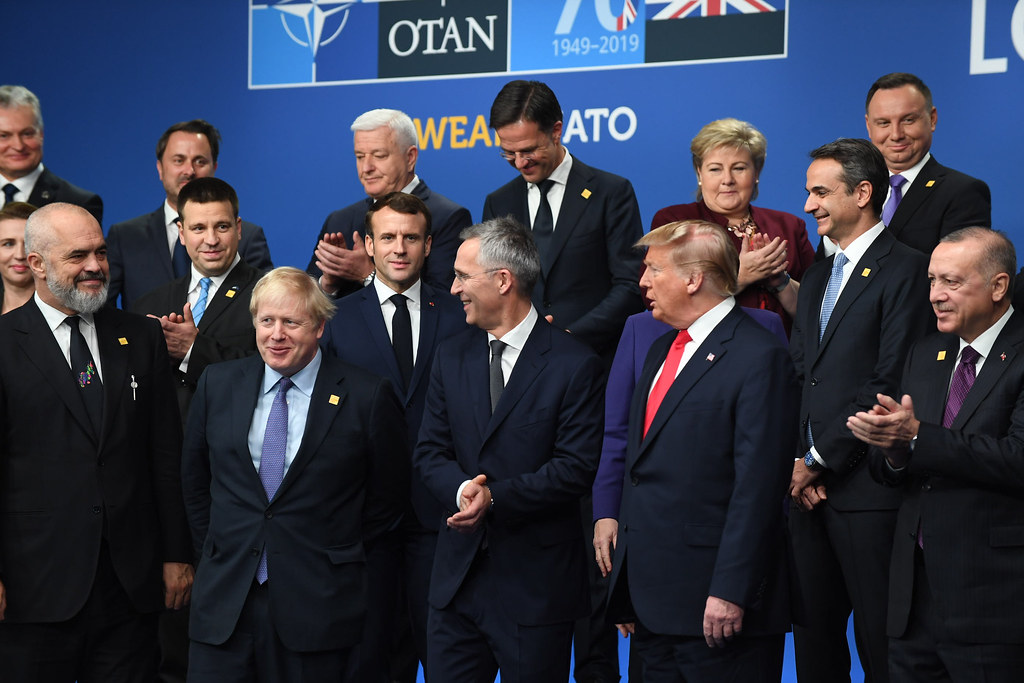
7. UN Security Council Engagement
Poland and Estonia both referred the incidents to the UN Security Council as threats to international peace and security. In the Polish case, the Under-Secretary-General Rosemary DiCarlo warned the incident “endangered recent diplomatic efforts” aimed at bringing an end to the war in Ukraine. Condemning Russia for its action, the NATO members in the Council called these acts a violation of international law, while Russia termed such accusations as “baseless” and accused its critics of escalation.

8. Political Fallout in Poland
Domestically, the drone incident briefly united Poland’s political foes, but unity quickly dissolved. The government faced criticism over inadequate anti-drone defenses, while opposition figures accused it of exploiting the crisis for political gain. A misstatement by a deputy foreign minister wrongly attributing building damage to a Russian drone rather than a Polish F-16 missile further undermined credibility. This episode underlined how security crises can shift political dynamics but rarely deliver lasting boosts in public support.

9. U.S.-Russia Tensions Beyond Europe
While European airspace violations drew headlines, the Alaska intercepts highlight that U.S. territory is also part of the contested perimeter. NORAD’s August surveillance of a Russian Il-20 COOT electronic intelligence aircraft in the ADIZ suggested intelligence-gathering linked to large-scale U.S. exercises. Such activities, though not direct threats, feed into a larger pattern of Russian military behavior aimed at mapping allied responses across multiple theaters. The recent spate of Russian aerial incursions-from drones over Poland to bombers near Alaska-represents a deliberate strategy of probing NATO and U.S. defenses.
These actions challenge detection systems, political cohesion, and rules of engagement-all within the parameters of international airspace law. As NATO strengthens its eastern flank and the U.S. remains vigilant in the Arctic, that margin for error shrinks further. In this environment, readiness is not simply a military imperative-it’s a geopolitical one.
